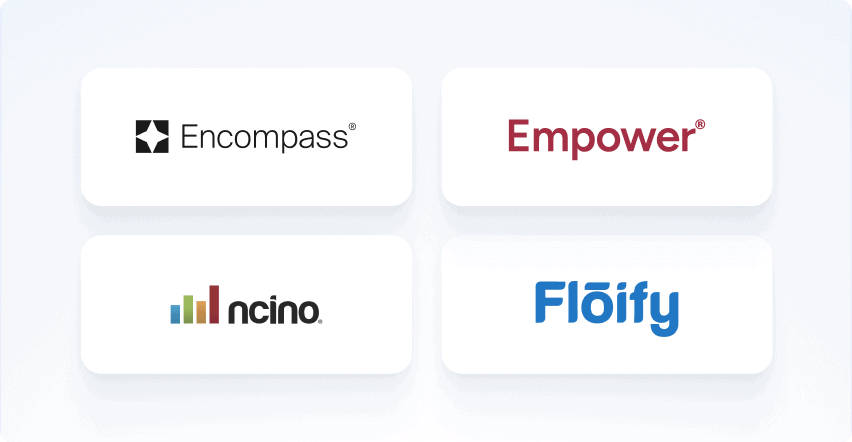Why tapping income data straight from payroll—before it’s channeled into different bank accounts—paints a fuller picture of a worker’s financial health
When it comes to verifying a worker’s income, there are two places you can look:
The destination, or the bank data that shows where some of their earnings land after being divided up and distributed between employment benefits, taxes, bank accounts, and so on
The source, or the original payroll data that documents not only their net income, but their gross income, associated withholdings and deductions, plus employment details and linked bank accounts and financial services
In this post, we share three reasons why bank data falls short—and three reasons why going straight to the source and connecting directly to a worker’s payroll account yields fuller data and a better understanding of their financial health.

The problem with bank data
Ideally, you’d be able to look at a worker’s bank statements and learn all you need to know about their income. But there are three fundamental reasons why that doesn’t work:
Many workers split their paychecks between different destinations. It’s getting easier for workers to use pay distribution tools (like Argyle’s direct deposit switching) to automatically route wages to different financial institutions. In fact, some experts encourage this and suggest that workers should keep as many as five different accounts to optimize their personal finances. Some workers also leverage paycheck-linked lending solutions to proactively allocate portions of each electronic paycheck toward repaying their debts. That means that a worker’s paycheck has often already been sliced and diced before it hits a bank account. If you’re using bank data to verify their income, you’ll have to ensure you’re tracking down all of the accounts they’re actively using to gain a complete view of their finances.
Bank data isn’t always up to date. Payouts that do make it into a worker’s bank account are often lagging indicators of their actual income. Direct deposits travel in batches via ACH payment rails, which can take several business days to process and post to an account. Paper paychecks are even slower, taking untold additional time to draw up, print, and arrive before they’re deposited. That means bank data can be days or weeks old by the time it gets to your platform. And you miss out completely on the income workers have earned since or are still accruing.
Gig workers and other independent contractors are often paid out via debit cards.The gig economy is booming, with one McKinsey survey finding that over a third of the current U.S. workforce identifies as independent contractors. Innovative players in this space, including major platforms like Uber and DoorDash, are now offering workers instant payouts at the end of every shift by pushing wages directly to branded debit cards. According to recent reports, these payouts are immensely popular, with gig workers overwhelmingly preferring cards to other options like paychecks or direct deposit.
Card payouts are great, but they bypass traditional bank accounts altogether. That poses a problem for anyone looking to verify a gig worker’s income through their bank data, as they stand to miss a substantial piece of the income picture.
How payroll data does it better

Payroll data comes from direct connections to a worker’s employment or payroll account. That means it draws income information straight from the source—before it’s diverted to multiple destinations.As a result, payroll data offers three significant benefits over bank data:
A holistic view of income composition. Most importantly, payroll data provides a more comprehensive view of a worker’s finances. It reveals positive factors (like above-average 401(k) contributions) and negative factors (like wage garnishments) that can be decisive when it comes to underwriting but are missing entirely from bank records.
Forward-looking timelines. While bank data lags behind, payroll data can be made available days earlier—sometimes even before a deposit is triggered.
Real-time, ongoing visibility. When handled by a top provider like Argyle, payroll data offers a continuous, streaming view of the wages workers are earning hour over hour, plus granular, shift-level employment details. That means you get accurate, up-to-the-minute visibility into the income they’re actively making, rather than a fragmented view of the income they had days or weeks ago.
Want to learn more about real-time payroll data?
Reach out to our team to get your questions answered, and discover how real-time, user-permissioned payroll data can transform your income verifications.









